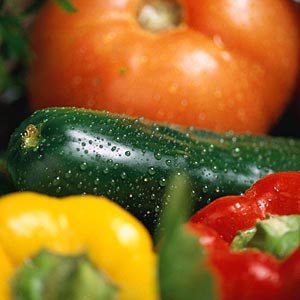 A couple of weeks ago, I was on a treewalk in Garfield Park and witnessed my first female gingko trees. I LOVE ginkgo trees. They're the oldest known species of trees, thought to originate over 250 million years ago. They're perfect urban trees -- very resistant to pollution. Plus, I just love those leathery-smooth fan-shaped leaves.
A couple of weeks ago, I was on a treewalk in Garfield Park and witnessed my first female gingko trees. I LOVE ginkgo trees. They're the oldest known species of trees, thought to originate over 250 million years ago. They're perfect urban trees -- very resistant to pollution. Plus, I just love those leathery-smooth fan-shaped leaves.The fruit-bearing females are rare on city streets. The fruit is messy and stinky so most cities, Chicago included, plant the sterile males. Yet the fruit is prized by many Asians. The moment I saw the fruit above, I immediately popped one in my mouth. They taste very apricoty, had the oddest aftertaste, and weren't quite ripe yet (and I fortunately wasn't sensitive to the pulp). And then I learned, it's not the fruit itself that's prized, it's the nut contained in the fruit (and the extract is made from the leaves but that's another story).
 Today, I saw another female ginkgo, this one leafless and covered in really ripe fruit and began to wonder what people really did with that fruit and if it was any good for you. Nutritionally, ginkgo nuts are very low in calories (31 calories per oz) compared to other nuts like almonds (161 calories per oz). The nuts contain a number of unique compounds, including bilobol, ginkgol, ginnol, and ginkgolic acid (so unique that they're pretty much named after the tree) but research is not yet conclusive on the nutritional value of those compounds.
Today, I saw another female ginkgo, this one leafless and covered in really ripe fruit and began to wonder what people really did with that fruit and if it was any good for you. Nutritionally, ginkgo nuts are very low in calories (31 calories per oz) compared to other nuts like almonds (161 calories per oz). The nuts contain a number of unique compounds, including bilobol, ginkgol, ginnol, and ginkgolic acid (so unique that they're pretty much named after the tree) but research is not yet conclusive on the nutritional value of those compounds.Maybe for now, until I learn more about the benefits, I'll continue to appreciate the trees and perhaps experiment with the nuts in small amounts. There are some interesting recipes on the web and I am intrigued by those who hunt the fruit.



